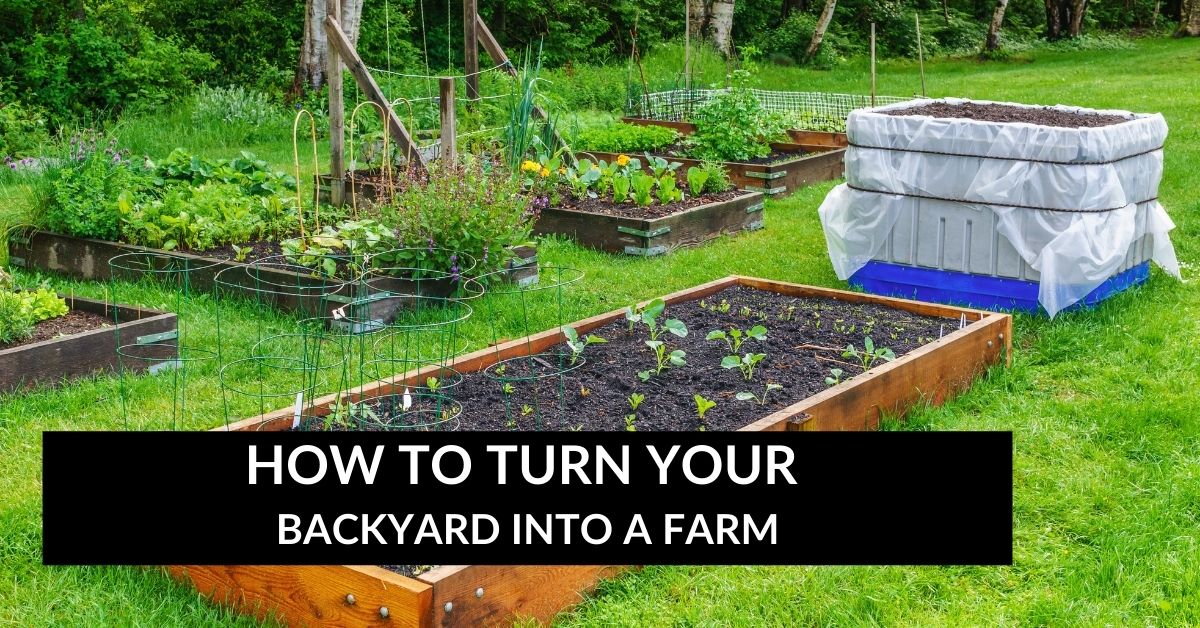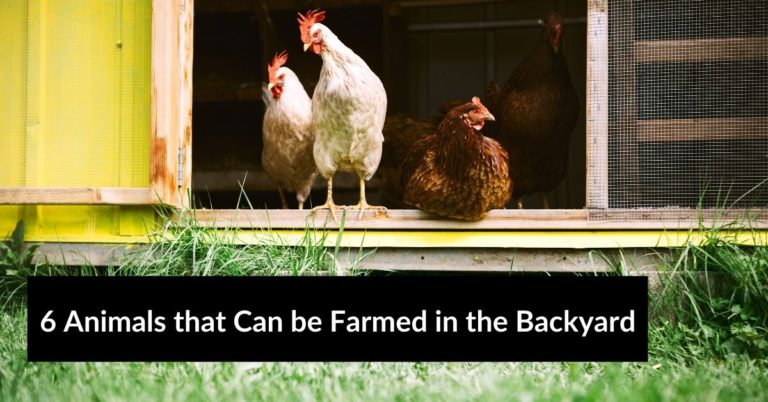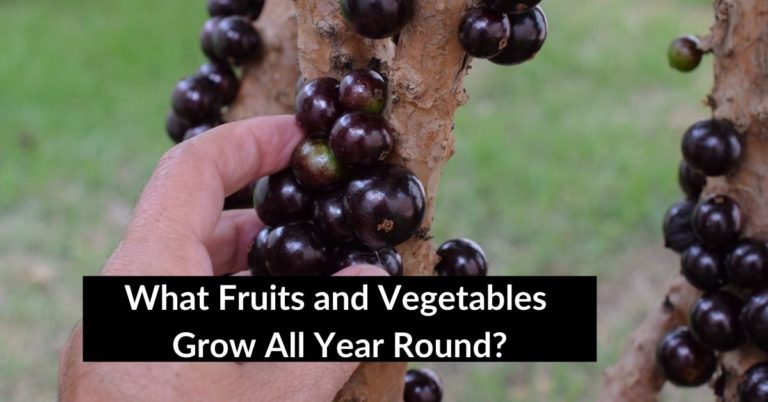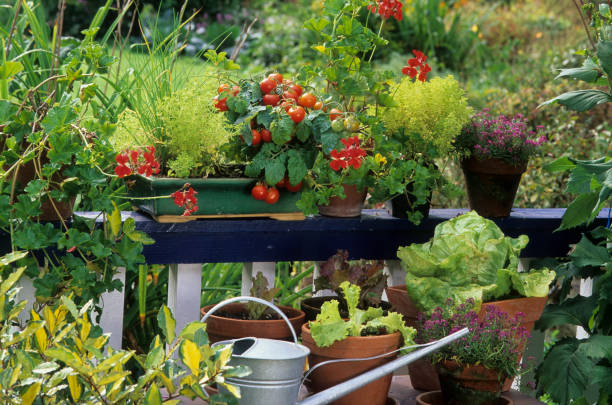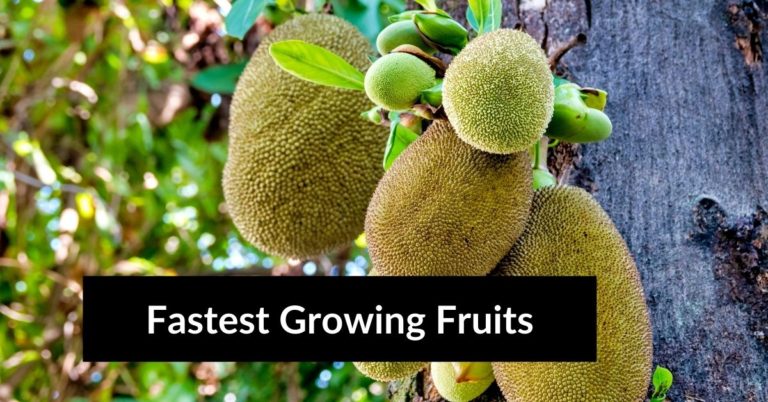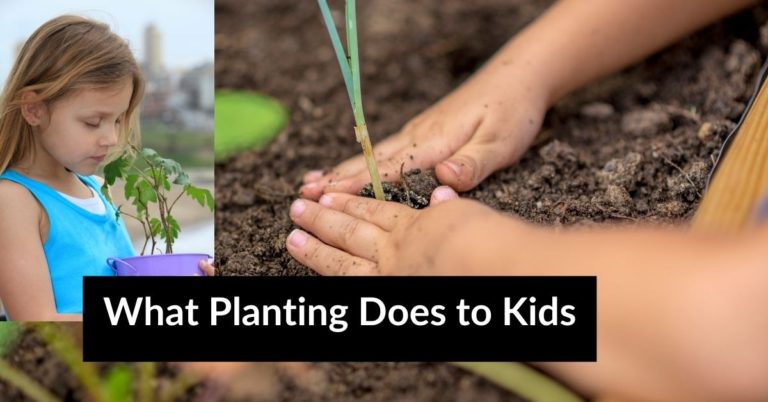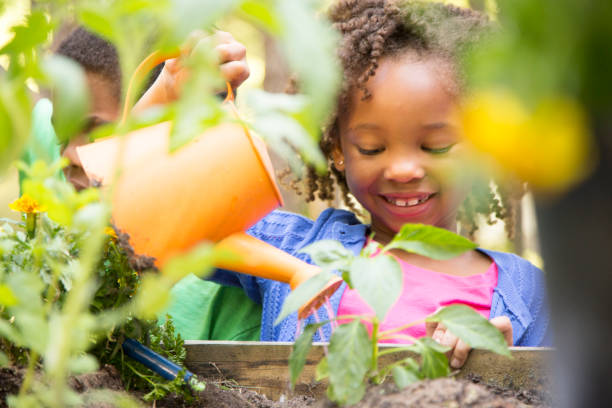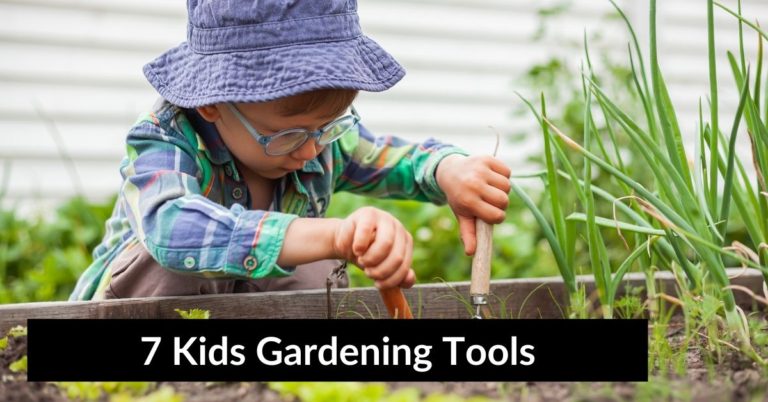HOW TO TURN YOUR BACKYARD INTO A FARM
This post contains affiliate links. This means I will make a commission at no extra cost to you should you click through and make a purchase. Read the full disclosure here.
Do you have a backyard that’s underutilized and longing for a purpose? Imagine transforming that empty space into a thriving farm, where you can grow your own fresh produce and enjoy the satisfaction of self-sustainability. With a little planning, dedication, and a green thumb, you can turn your backyard into a productive farm. In this article, we will guide you through the steps to create your own backyard farm and reap the benefits of homegrown goodness.
1. The Joy of Backyard Farming
Imagine stepping out into your backyard and being greeted by a vibrant oasis of fresh produce, blooming flowers, and the calming sound of nature. Backyard farming allows you to reconnect with the land, reduce your carbon footprint, and enjoy the satisfaction of growing your own food. It’s a fulfilling and rewarding experience that brings you closer to nature and promotes a healthier lifestyle.
2. Assessing Your Backyard’s Potential
Before embarking on your farming journey, it’s important to assess your backyard’s potential. Consider the available space, sunlight exposure, soil quality, and any existing structures. Take note of the shade patterns throughout the day and identify areas that receive full or partial sunlight. This assessment will help you determine the best locations for various crops and design your farm layout accordingly.
3. Designing Your Farm Layout
A well-designed farm layout maximizes space utilization and promotes efficient workflow. Consider creating raised beds or using containers for smaller areas, allowing better control over soil quality and drainage. Plan the placement of crops based on their height, sunlight requirements, and compatibility. Incorporate pathways for easy access and maintenance, and consider adding composting areas for organic waste management.
4. Preparing the Soil
Healthy soil is the foundation for a successful farm. Begin by removing any debris, weeds, or rocks from the designated farming area. Test the soil pH and nutrient levels to identify any deficiencies. Amend the soil with organic matter, such as compost or aged manure, to improve its structure, fertility, and water-holding capacity. Work the soil thoroughly, ensuring it is loose and well-drained before planting.
5. Choosing the Right Crops
Selecting the right crops for your backyard farm is crucial for a bountiful harvest. Consider the climate and seasonality of your area, as well as your personal preferences and dietary needs. Choose a mix of vegetables, herbs, fruits, and flowers to create a diverse and visually appealing farm. Opt for heirloom and organic seeds to support biodiversity and avoid harmful chemicals.
6. Planting and Caring for Your Crops
When planting your crops, follow the guidelines provided on seed packets or plant labels. Take note of spacing requirements, planting depth, and any specific care instructions. Provide adequate water and monitor soil moisture levels regularly. Weed your farm regularly to prevent competition for resources and use natural mulch to suppress weed growth. Monitor for pests and diseases, and take prompt action to protect your crops.
7. Watering and Irrigation Systems
Efficient watering is essential for the health and productivity of your crops. Consider installing an irrigation system, such as drip irrigation or soaker hoses, to ensure targeted and efficient water delivery. Set up a rainwater harvesting system to collect and utilize nature’s gift. Water your plants early in the morning or late in the evening to minimize water loss through evaporation.
8. Natural Pest Control Methods
Maintaining a balance between pests and beneficial insects is crucial for a thriving farm. Embrace natural pest control methods, such as companion planting, crop rotation, and the use of organic pest deterrents like neem oil or garlic spray. Encourage beneficial insects, such as ladybugs and lacewings, by planting flowers that attract them. Regularly inspect your plants for signs of pests and take immediate action to mitigate the damage.
9. Harvesting and Preserving Your Yield
One of the most rewarding aspects of backyard farming is the joy of harvesting your own produce. Harvest crops at their peak of ripeness, following the specific guidelines for each variety. Use proper tools to avoid damage and handle delicate produce with care. Explore different preservation methods like canning, freezing, or dehydrating to enjoy your harvest throughout the year.
10. Embracing Sustainable Practices
Sustainability should be at the core of your backyard farming journey. Utilize organic and natural fertilizers to promote soil health and minimize environmental impact. Compost kitchen scraps and yard waste to create nutrient-rich compost for your farm. Practice crop rotation to prevent soil depletion and reduce the risk of pests and diseases. Embrace biodiversity by planting native species and attracting pollinators.
11. Sharing Your Bounty with Others
As your backyard farm flourishes, you’ll likely have an abundance of fresh produce. Consider sharing your bounty with friends, family, or local community organizations. Donate excess produce to food banks or participate in community-supported agriculture programs. By sharing your harvest, you not only reduce food waste but also foster a sense of community and connection.
12. Engaging in Continuous Learning
Backyard farming is a journey of constant learning and experimentation. Stay curious and seek knowledge through books, online resources, or local gardening clubs. Attend workshops or webinars to enhance your skills and connect with fellow gardeners. Embrace the process of trial and error, as it’s through these experiences that you’ll gain valuable insights and refine your farming practices.
Conclusion
Transforming your backyard into a farm is an incredibly rewarding endeavor. It allows you to reconnect with nature, grow your own food, and adopt a more sustainable lifestyle. With careful planning, proper soil preparation, and the right selection of crops, you can create a flourishing farm right at your doorstep. Embrace the joy of harvesting your own produce and share the abundance with others, while continuously expanding your knowledge and skills.
FAQs
How much space do I need for a backyard farm?
The space required for a backyard farm depends on your goals and available area. Even a small backyard can be transformed into a productive farm with vertical gardening, raised beds, or container gardening techniques.
What are the easiest crops to grow for beginners?
For beginners, some easy-to-grow crops include tomatoes, lettuce, herbs like basil and mint, radishes, and beans. These crops are generally low-maintenance and offer a rewarding harvest.
How can I deal with common garden pests without using chemicals?
There are several natural pest control methods you can employ, such as companion planting, attracting beneficial insects, using physical barriers like netting, and creating a healthy ecosystem in your backyard farm.
How can I make my farm more sustainable?
To make your farm more sustainable, use organic fertilizers and compost, practice crop rotation, conserve water through efficient irrigation systems, and prioritize biodiversity by planting native species and attracting pollinators.
Can I start a backyard farm if I live in an urban area?
Yes, urban areas offer plenty of opportunities for backyard farming. You can utilize small spaces like balconies, rooftops, or even community gardens to grow your own food and contribute to a greener environment.

